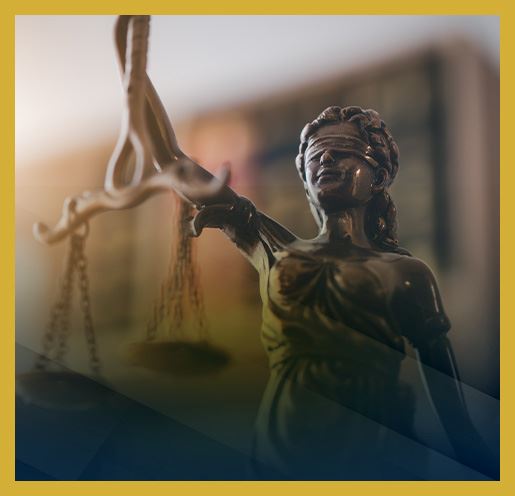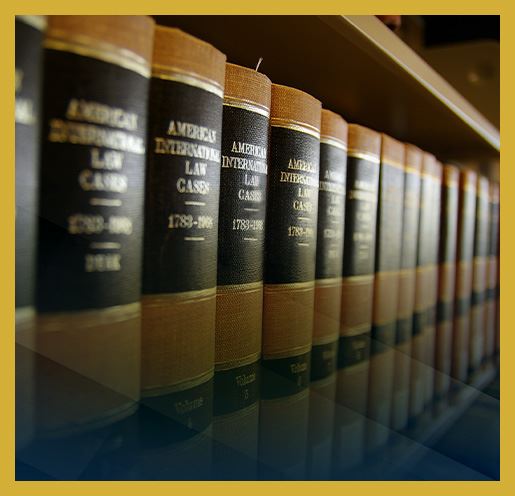
Tell us about your case, and we will tell you how we can help!
Fresno Chapter 13 Bankruptcy
Chapter 13 bankruptcy is commonly referred to as the "wage earner plan” because it is meant for debtors who earn enough income to pay back all or a part of their debt under a restructured payment program. In Chapter 13, the debtor makes payments under the new plan for 3-to-5 years, with the possibility of getting the remaining debts discharged at the end. Our Fresno Chapter 13 bankruptcy lawyers can advise you on the pros and cons and help you work through the process.
Unlike in Chapter 7 bankruptcy, the Chapter 13 filer is not at risk of losing his or her assets. Not only does bankruptcy provide you with a clear path for getting your debt under control, but it can also offer reliable protection from negative debt collection actions, such as creditor lawsuits, wage garnishment, vehicle repossession, and foreclosure.
Contact us online or via phone at (559) 900-1263 to schedule a consultation with our team and retake control of your life and finances.
The Benefits of Chapter 13 Bankruptcy
Here are four key benefits of Chapter 13 filings in Fresno:
- Retain Your Property: Chapter 13 offers a repayment plan that allows individuals to catch up on missed payments. This can provide much-needed relief and stability while avoiding foreclosure or repossession.
- Longer Repayment Period: The repayment plan typically spans 3-to-5 years, giving debtors the opportunity to make affordable monthly payments based on their income and expenses.
- Total Debt Reduction: Through the repayment plan, individuals may have the opportunity to discharge certain unsecured debts, such as credit card balances or medical bills, partially or in full. This reduction in debt can significantly alleviate the financial burden and give people a fresh start.
- Limited Damage to Credit: While filing for any form of bankruptcy will have an impact on an individual's credit score, Chapter 13 bankruptcy offers the advantage of limiting the extent of that damage. Unlike a Chapter 7 bankruptcy, which stays on a credit report for ten years, a Chapter 13 bankruptcy is typically removed after seven years.
It's important to note that filing for Chapter 13 bankruptcy requires a commitment to sticking to the repayment plan and making timely payments. Failure to do so can lead to the dismissal of the case and potential loss of the benefits.
How Chapter 13 Bankruptcy Works
Here is a breakdown of how Chapter 13 bankruptcy works:
- The debtor files for bankruptcy, which places a legal hold—or an "automatic stay"—on collection efforts by your creditors, including debts such as lawsuits, foreclosures, repossessions, wage garnishment, and more.
- If you are allowed to proceed with the bankruptcy, you get to start making payments under a new payment plan that is more manageable, with payments being made to priority creditors first.
- After 3-to-5 years of successfully making these payments, you can usually have the remainder of your debt under the bankruptcy plan discharged. This means that you no longer owe the debt, and creditors cannot try to get you to pay it.
Our Fresno Chapter 13 bankruptcy attorneys can work with you toward the goal of a manageable repayment plan. Call today at (559) 900-1263 for a free case evaluation.
Eligibility for Chapter 13 Bankruptcy
In order to be eligible for Chapter 13 bankruptcy, you must not have more than $1,149,525 in secured debt, and you also must not have more than $383,175 in unsecured debt. In addition to meeting the debt thresholds, you must also be able to prove that your income is high enough and stable enough for you to be able to make payments under a Chapter 13 repayment plan.
Before filing for Chapter 13 bankruptcy, you must complete a number of credit counseling courses. These courses aim to help individuals regain control of their finances through improved financial literacy and spending habits.
Since Chapter 13 bankruptcy is supposed to be for steady wage earners, those who are applying for this form of debt relief will typically only be approved if they can show that they have sufficient income to pay back their debt. Furthermore, their debt must not exceed threshold amounts.
As the individual filing for bankruptcy, you'll have a trustee assigned to your case. In Chapter 13 bankruptcies, trustees try and help debtors repay their creditors effectively. With the help of our lawyers, you are able to draft a payment plan detailing how you plan to repay your debts. Creditors will have an opportunity to give input. If creditors approve of the plan, the bankruptcy court can confirm it, officially putting the repayment plan in place.
Getting a Fresh Start
Chapter 13 bankruptcy provides an opportunity for individuals to retain their property, benefit from a longer repayment period, reduce total debts, and limit the damage to their credit. By considering these advantages and working with a knowledgeable Fresno Chapter 13 bankruptcy lawyer, people can make an informed decision about whether this is the right solution for their financial situation.
Call Arnold Law Group, APC, at (559) 900-1263 or contact us online today.

-
How Divorce Can Affect Your Inheritance
-
Why Is January a Popular Month for Divorce?
-
Do I Have to Disclose Crypto Assets in Bankruptcy?
-
Can I Give Away Property During Bankruptcy?
-
Co-Parenting Tips for the Holidays
-
Common Myths About Spousal Support in California
-
How Is Spousal Support Calculated in California?
-
What Are My Rights Under the Fair Credit Reporting Act?

